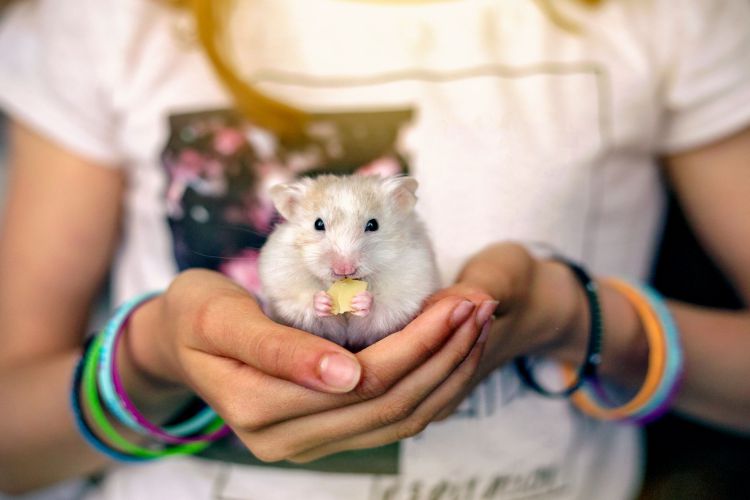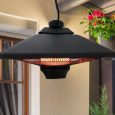 This may be your first winter with a hamster. Did you realize that the cold might hurt the little furry pal? This winter, you’ll want to keep your hamster toasty and dry. What will your friend need to stay warm then?
This may be your first winter with a hamster. Did you realize that the cold might hurt the little furry pal? This winter, you’ll want to keep your hamster toasty and dry. What will your friend need to stay warm then?
The ideal habitat temperature for hamsters is 65 to 75 degrees Fahrenheit. If you don’t keep it in that temperature range, your hamster is at risk of getting sick or going into a false hibernation. Given these factors, providing your hamster with a lovely, toasty home throughout the colder months is essential.
Animals can’t tell you that they’re chilly. Because of this, you must take the appropriate measures to ensure that your furry friends have access to a controlled, warm environment. There are several reliable sites, such as pocketpetcentral.com, that provide various useful tips on how you could keep your hamsters warm.
Bedding
Your hamster may utilize the bedding in several different ways. They will nest, dig, burrow, and pull on bedding to maintain a pleasant and warm environment for themselves. When the weather outside begins to become colder, it is a smart idea to make use of additional bedding within the cage. As an economical alternative to your typical bedding, you can use shredded newspaper or tissue paper as a layer on top of the bed.
Blankets
The bottom of the cage could be layered with a little blanket or a piece of fabric made of fleece if desired. In addition to retaining heat, this layer will provide insulation for your hamster’s housing. It is possible to stuff the cage with a few fragments of fabric. Your hamster may use these to build a cozy nest. You have several alternatives to choose from. All of them are washable for your convenience.
Cage Placement
There will be a noticeable change depending on where the cage for your pet is placed. During the colder months, putting the cage on a porch or inside a garage is not a good idea. Your hamster must be kept in a warm, inviting room or nook. Placing the crate in a draft-free area is recommended. The first step in winterizing your hamster’s home is removing all cold sources from the surrounding.
Heating Pad
Under the cage is an excellent place for heating pads. Because they can automatically adjust the temperature, under-tank heating pads for reptile tanks are highly recommended. Moreover, many trustworthy sites suggest that you should only place a heating pad under one side of the cage at a time. If the temperature within the cage gets too high, your hamster can move to the other side of the enclosure.
Warm Water Bottles
You can either put the warm water bottles inside the cage or on top of the cage. They provide a feasible and inexpensive choice when locating a source of heat. Wrap them in thick towels before placing them inside the cage. Ensure your hamster cannot reach the bottle if it is on top. It will prevent your hamster from biting the bottle and maybe puncturing it.
Conclusion
To maintain body temperature, your hamster will use a lot of energy. Hibernation is a state of energy conservation induced by a lack of sufficient nutrition. To keep up with the energy, they have to expand; hence, providing them with larger meals or more quantities of food and water is advised. Make sure that your hamster is eating a diet that is well-balanced and also includes some fatty snacks. You can also refer to websites like pocketpetcentral.com for dietary advice.




